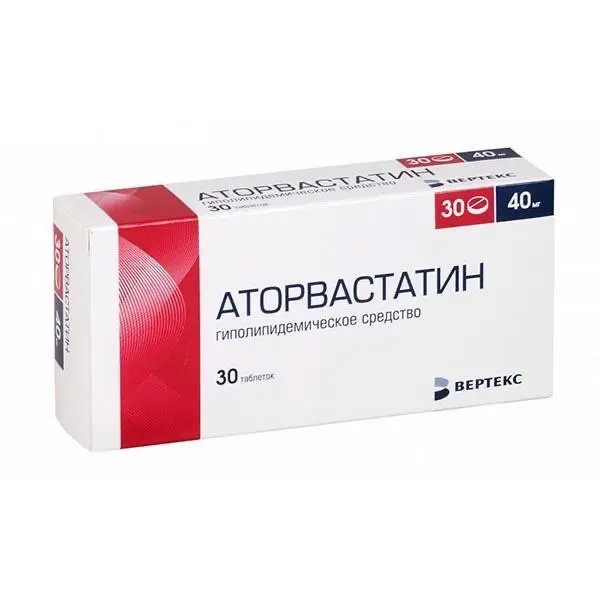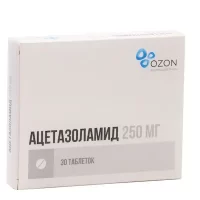Description
Artesin Pharmacodynamics
Doxazosin is a selective competitive blocker of postsynaptic alpha1 – adrenoreceptors.
Pharmacodynamics
In patients with benign prostatic hypertrophy doxazosin leads to significant improvement of urodynamic parameters and reduction of symptoms of the disease. The effect is associated with selective blockade by doxazosin of alpha1 – adrenoreceptors located in the muscular stroma and capsule of the prostate, in the bladder neck and in the proximal part of the urethra, which reduces resistance and pressure in the urethra, decreases resistance of the internal sphincter and facilitates urination. It is effective in 66-71% of patients, the beginning of action – after 1-2 weeks of treatment, the maximum action – after 14 weeks, the effect persists for a long time.
Administration of doxazosin in patients with arterial hypertension leads to a significant reduction of blood pressure (BP) due to blockade of alpha1-adrenoreceptors located in the vascular network, reduction of vascular muscle tone and reduction of total peripheral vascular resistance. Doxazosin, among others, is effective in arterial hypertension accompanied by metabolic disorders (obesity, reduced glucose tolerance). After a single dose of doxazosin, the maximum hypotensive effect/effect is observed within 2 to 6 hours, and in general the hypotensive effect/effect lasts for 24 hours. During long-term use of doxazosin, no decrease in antihypertensive effect/effect is observed in patients. Increased plasma renin activity and tachycardia are uncommon during maintenance therapy.
Reduces the risk of coronary heart disease. During long-term treatment with doxazosin, regression of left ventricular hypertrophy, suppression of platelet aggregation and increase of active plasminogen in tissues are observed. In addition, doxazosin has been found to increase insulin sensitivity in patients with impaired glucose tolerance.
During doxazosin treatment, a decrease in plasma concentration of triglycerides, total cholesterol is observed. At the same time, some increase in high density lipoprotein/total cholesterol ratio (by 4-13 %) is observed.
Doxazosin administration in patients with normal blood pressure is not accompanied by BP reduction. The development of orthostatic hypotension during treatment is uncharacteristic (may develop only with prolonged use of high doses).
Doxazosin has no metabolic side effects and may be used in patients with bronchial asthma, diabetes mellitus, left ventricular failure and gout.
Indications
– Benign prostatic hyperplasia (both in the presence of arterial hypertension and normal blood pressure);
– arterial hypertension – in combination with other hypotensive agents (thiazide diuretics, beta-adrenoblockers, “slow” calcium channel blockers or angiotensin-converting enzyme (ACE) inhibitors).
Contraindications
– Hypersensitivity to quinazolines, doxazosin or to any of the excipients of the drug;
– Lactose intolerance, lactase deficiency, glucose-galactose malabsorption;
– severe hepatic insufficiency;
– benign prostatic hyperplasia in combination with arterial hypotension or orthostatic hypotension in the history;
– benign hyperplasia of the prostate in conjunction with impaired patency of the upper urinary tracts;
– chronic urinary tract infections, urolithiasis, urinary incontinence due to bladder overflow, anuria, progressive renal failure;
– Under 18 years of age (data on efficacy and safety are not available);
– Breast-feeding period.
Dosage and administration
- Orally once a day (morning or evening), regardless of meals, without chewing and with plenty of water.
- If the drug is missed at the usual time, take the dose as soon as possible. If it is time for the next dose, only this dose should be taken, without doubling the dose. If therapy with Artezin® has been interrupted for several days, the drug should be restarted from the initial dose.
- There is no need to adjust the dose of Artezin® in elderly patients.
Pharmacokinetics of doxazosin in patients with renal insufficiency does not change, and doxazosin itself does not worsen the existing renal dysfunction, therefore, in such patients, Artezin® is used in usual doses. - In patients with hepatic impairment, Artesin® is used in lower doses (due to delayed metabolism of doxazosin).
To ensure the dosage regimen described below, Artezin® may be used in the dosage form: 1 mg tablets. - In benign prostatic hyperplasia, the recommended starting dose in patients with normal BP is 1 mg/day in order to minimize the possibility of developing postural hypotension and/or syncope (fainting). If necessary, depending on the urodynamic parameters and the presence of symptoms, the dose is increased (at intervals of 1-2 weeks) to 2-4 mg/day. The maximum daily dose is 8 mg. The recommended maintenance dose is 2-4 mg/day. The drug is used for a long time. The duration of treatment is determined by the doctor. In benign prostatic hyperplasia in patients with arterial hypertension, the drug is prescribed in the same doses as in patients with arterial hypertension only.
- In patients with arterial hypertension, the recommended starting dose is 1 mg/day in the evening before bedtime. After the first dose, the patient should stay in bed for 6 to 8 hours. This is required due to the possibility of orthostatic hypotension (first-dose phenomenon) after the first dose. In case of insufficient therapeutic effect, the daily dose may be increased to 2 mg/day after 1-2 weeks. Subsequently, the dose may be increased by 2 mg every 1-2 weeks to achieve the desired BP reduction. In most patients the optimal therapeutic effect is achieved at a daily dose of 8 mg. The maximum daily dose is 16 mg. After achieving a stable therapeutic effect, the dose is usually slightly reduced (the average therapeutic dose for maintenance therapy is usually 2-4 mg per day). If a diuretic or other hypotensive agent is added to therapy, the dose of Artezin® should be adjusted. In this case, the dose of Artesin® is reduced depending on the patient’s condition, and then gradually increased again, adjusting the required dosage regimen.





